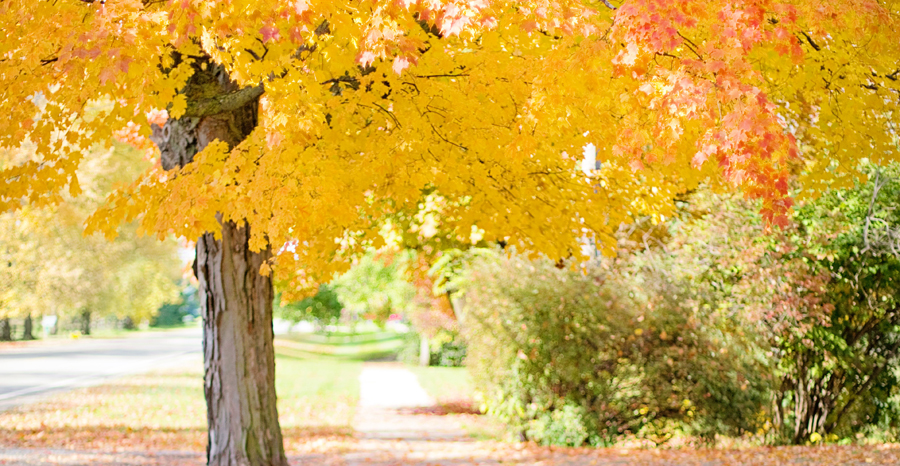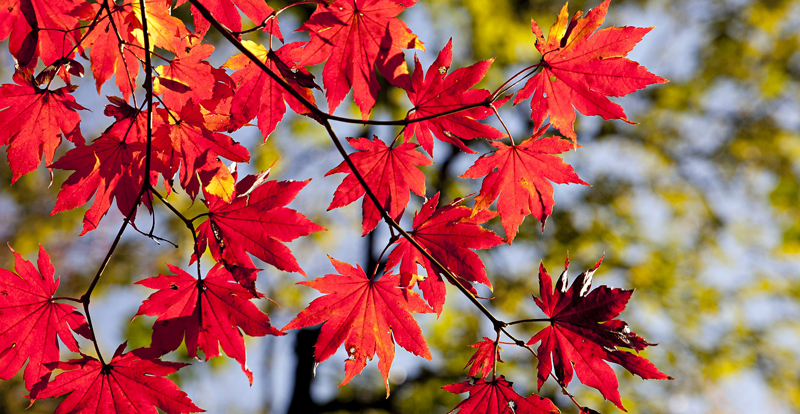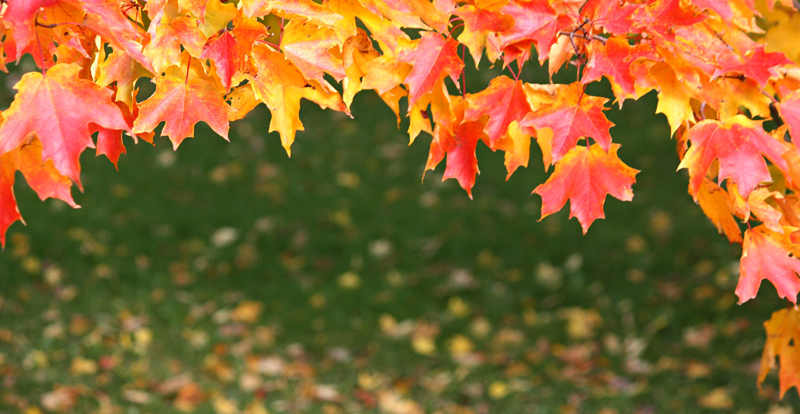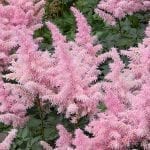
Fall Tree Care Tips – How to Prep Your Trees for Winter’s Freeze
Autumn is the best time to prepare your trees for the chilly months ahead and to take steps to ensure healthy growth next spring. Pruning dead and diseased branches, mulching, and fertilizing are all essential. Follow our fall tree care how-tos, and your trees will be healthy and happy during their long winter’s nap.
Why is autumn tree care essential?
Trees undergo a certain amount of stress during the hot summer months. As the weather turns colder, protecting your trees’ long-term health is important.
Yearly fall tree care will help your trees withstand winter temperatures.
Four Important Steps to Fall Tree Care –
Step 1 – Yard Clean-Up
Rake up leaves and small branches from the lawn and planting beds. Add them to the compost pile or mulch with the mower. Leaves left to overwinter can –
- Smother the grass and tree roots, inhibiting new spring growth
- Promote lawn diseases such as snow mold, and
- Facilitate turf damage from moles and voles.
Fall Tree Care – Prune Problem Limbs and Branches
Pruning your trees in late fall will help protect them from damage from winter, high winds, and storms. So they’ll remain in good shape for next season’s growth. You’ll be able to view the tree’s structure more easily after the leaves have fallen.
A tree with broken, diseased, or dead limbs can cause problems when extreme weather arrives. Contact your local certified arborist to discuss your tree trimming needs. An experienced arborist will –
- Evaluate your trees for risk from winter storm damage
- Shape your trees for optimal appearance and healthy growth
- Remove dead, broken, or overgrown limbs, protecting your roof, property, and outdoor living areas from damage.
An experienced arborist can tell if a tree requires removal due to advanced disease or death. A weak or dying tree is more likely to break or fall during harsh winter storms. It’s best to have them removed. Removing large trees is best left to fall tree care professionals.
Step 2 – Mulch and Fertilize
If you tend to your trees in the fall, you’ll see vigorous, growth next spring. Mulching is the process of adding organic material beneath the tree, around the trunk’s perimeter. The many benefits of mulching your trees include:
- Mulch insulates the soil; regulating temperatures
- Helps hold water in the soil, keeping tree roots moist
- Prevents weed growth and compacted soil
- Reduces damage from mowers and string trimmers
- Mulch acts as a blanket, protecting the roots from temperature extremes
A wide variety of mulches are available, including:
- Composts
- Shredded brush
- Woodchips
How to Add Mulch Around Trees
- Remove the turf grass around the perimeter of the trunk within a three to ten-foot-wide circle – depending on the tree’s size.
- Apply mulch within the circle at a depth of 2 to 4 inches, keeping the mulch 12 to 18 inches away from the trunk.
- Remove any mulch that touches the trunk. (A layer of mulch resting against the tree can cause root problems and decay.)
For more fall tree care how-tos, visit here.
Fertilize and Water
The majority of tree problems occur due to poor quality soil. A lack of nutrients, compacted soil, and pH imbalances can affect the health of your trees. Rich, healthy soil means the tree is better to withstand diseases, pests, and changing weather conditions.
Fertilize your trees in late fall, when they are dormant. A tree’s root system will extend well beyond the canopy, so the fertilizer should be applied in an area 1.5 times the width of the branch spread. The best tree fertilizer will have a nitrogen content of 12 to 30% and phosphorus and potassium content of 3 to 12%.
Important note: Do not use a herbicide fertilizer as the chemical can cause tree defoliation, damage – even death.
Fall Tree Care – Watering
Drought conditions in summer and fall can affect your tree’s health. Occasionally water your trees during the fall and winter, as weather permits—water when the ground is cool but not frozen.
Step 3 – Plant New Trees
Fall is the best time to plant balled or burlapped trees. Planting in early fall gives the tree a head start on establishing a strong root system during the colder months.
When roots become established in fall and winter, spring rains and the summer’s warmth will encourage vigorous, new growth.
How to Plant a Balled and Burlapped Tree
- Dig or till a saucer-shaped hole is five times the diameter and as deep as the root ball. The root ball should sit at or just above ground level. The sides of the hole should slope inward.
- Set the tree in the center of the hole. If you need to adjust the tree’s position, move the tree by the root ball – not by the trunk. Measure the hole to make sure it is at the proper depth.
- When the tree is in place, use wire cutters to cut the wire “basket” that surrounds the ball. Remove the burlap fabric and twine with a utility knife. Pull the wire loose, and discard.
- Check that the trunk is straight.
- Pack the soil around the root ball, eliminating air pockets. Add soil until it reaches just below the root collar.
- Create a water-holding area around the tree with a garden rake.
- Finally, water the tree well and apply natural mulch around the tree, leaving a 6-inch area around the trunk, mulch-free.
Learn more about planting new trees in the fall; visit here.
Removing Moss, Algae & Lichen on Trees
Did you know Wet & Forget Outdoor eliminates moss**, lichen, and algae from tree bark? Spray Wet & Forget Outdoor on your landscape trees during the dormant season – late fall or winter is best. We recommend applying once to the surface for lichen growth, waiting 15 minutes, then completing one more application.
Over time the wind, rain, and even snow will gently remove the growth from the tree. Just spray and walk away – no scrubbing or rinsing is required.
**We do not recommend using Wet & Forget on Spanish moss on tree surfaces.
Bonus tip – It’s a good idea to ask an arborist or tree professional to inspect your trees for damage from insects and diseases. They will be familiar with the subtle signs and symptoms of infestation and know how to treat the problem.
Interested in more fall gardening tips? Visit here. For more fall home improvement how-tos, visit here.














